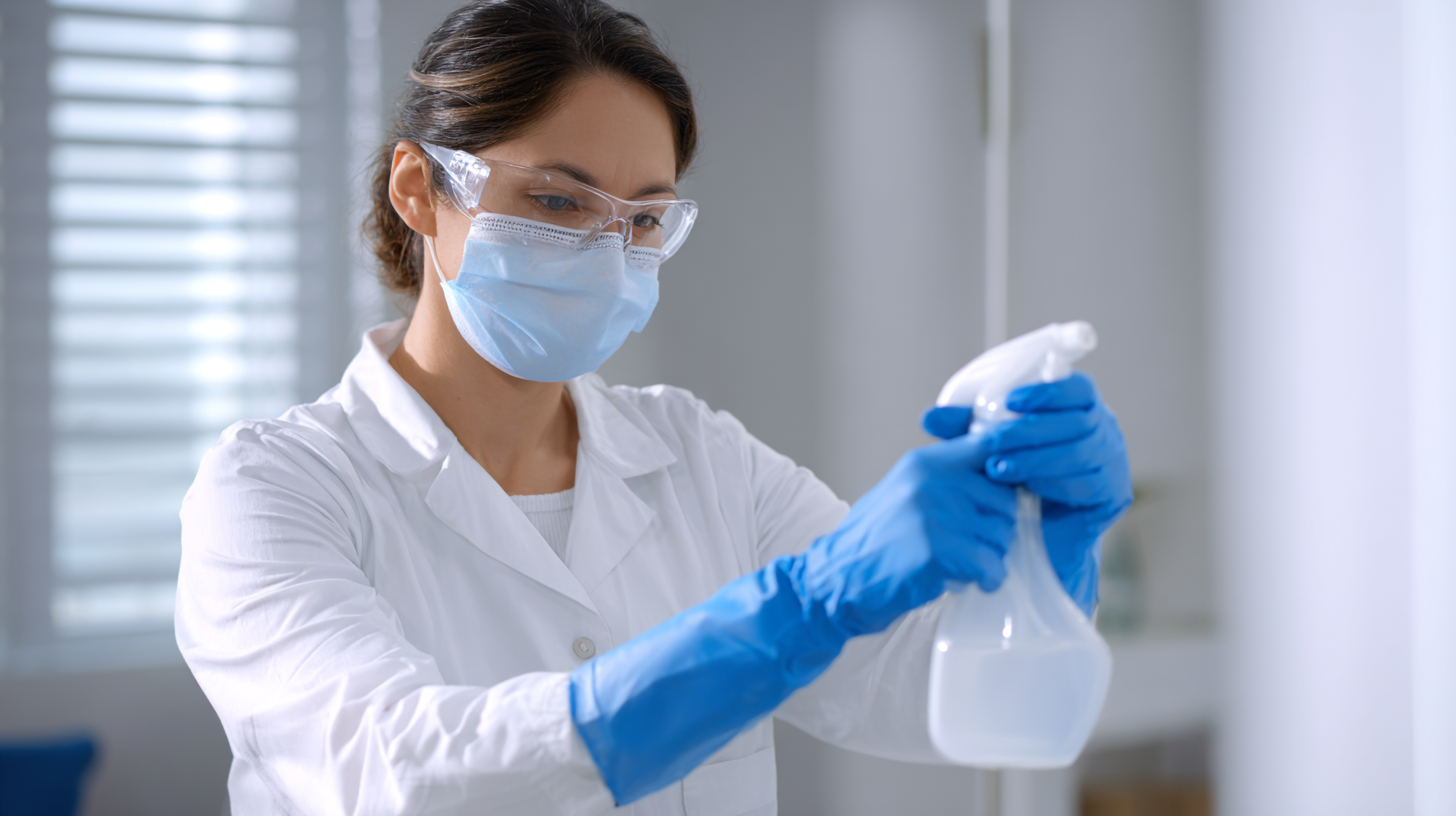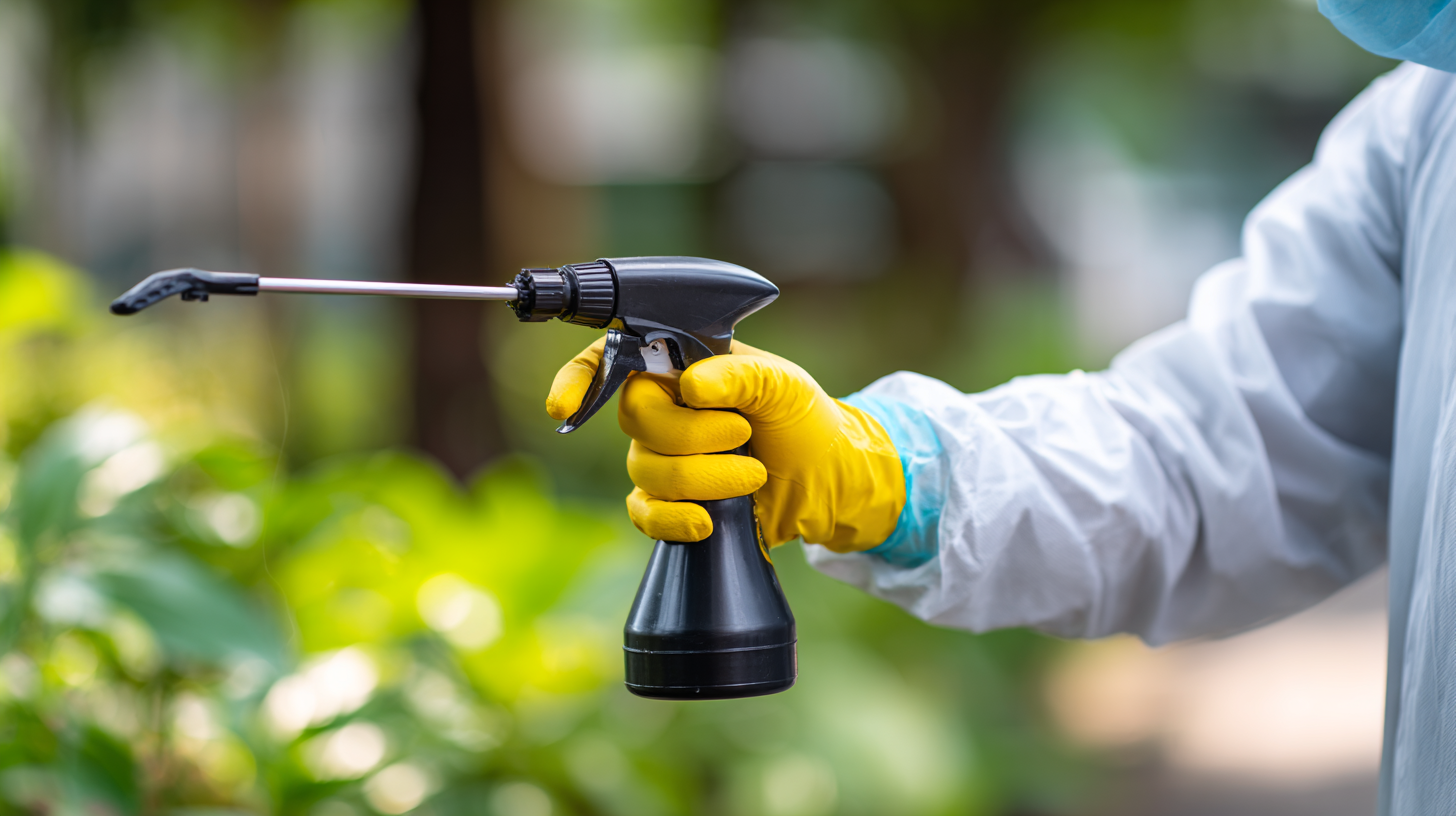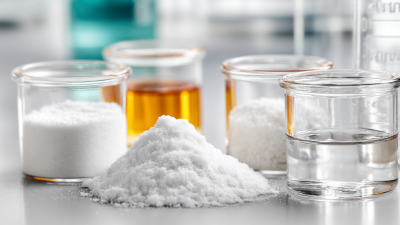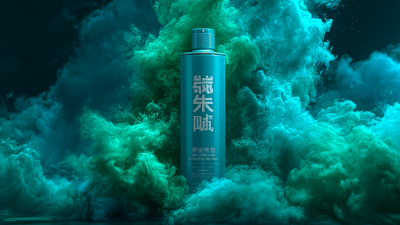When it comes to maintaining a safe and hygienic environment in veterinary practices, the choice of vet disinfectant plays a crucial role. Veterinarians and animal care professionals face the constant challenge of preventing the spread of infections and ensuring the well-being of their furry patients. With a myriad of disinfectant products available on the market, selecting the right one can be daunting. This blog will guide you through five best practices for choosing the appropriate vet disinfectant to meet your specific needs. From understanding the spectrum of activity and material compatibility to considering environmental impact, these practices will empower you to make informed decisions. By prioritizing effective sanitation protocols, you not only protect the health of animals in your care but also enhance the overall efficiency of your veterinary practice.

Effective vet disinfectants play a critical role in animal health management, as they are essential for preventing the spread of infectious diseases within veterinary practices. Maintaining a clean environment not only protects the animals being treated but also safeguards the health of the staff and the public. The use of appropriate disinfectants can significantly reduce the risk of pathogens surviving on surfaces, which is particularly important in facilities that handle multiple species or high volumes of patients.
When selecting a vet disinfectant, it's crucial to consider factors such as efficacy against a broad spectrum of microorganisms, including bacteria, viruses, and fungi. Additionally, the safety of the disinfectant for both animals and human handlers cannot be overlooked. Some disinfectants may be harsh or toxic, causing adverse reactions in sensitive animals. Thus, understanding the specific needs of the veterinary practice—ranging from surgical areas to general waiting rooms—can help in choosing the most suitable product. By prioritizing effective disinfectants, veterinary professionals can enhance infection control protocols and ultimately improve animal welfare outcomes.
 When selecting a vet disinfectant, understanding disinfectant efficacy is crucial. Key metrics such as kill time, spectrum of activity, and contact time should guide your decision-making process. Kill time refers to how quickly a disinfectant can eliminate specific pathogens, which is especially important in a veterinary setting where quick action is often needed to prevent outbreaks. Spectrum of activity entails the range of microorganisms a disinfectant can effectively target. Always ensure that the chosen product meets the necessary benchmarks for not only bacteria but also viruses and spores, depending on what your facility encounters most frequently.
When selecting a vet disinfectant, understanding disinfectant efficacy is crucial. Key metrics such as kill time, spectrum of activity, and contact time should guide your decision-making process. Kill time refers to how quickly a disinfectant can eliminate specific pathogens, which is especially important in a veterinary setting where quick action is often needed to prevent outbreaks. Spectrum of activity entails the range of microorganisms a disinfectant can effectively target. Always ensure that the chosen product meets the necessary benchmarks for not only bacteria but also viruses and spores, depending on what your facility encounters most frequently.
Additionally, adhering to industry standards set by organizations such as the Environmental Protection Agency (EPA) can provide further assurance of a disinfectant's effectiveness. Look for products that have been tested and certified under these standards, as they undergo rigorous evaluations that validate their claims. By focusing on these key metrics and industry guidelines, you can make more informed choices, ensuring the safety and well-being of the animals in your care while maintaining a hygienic environment in your practice.
When selecting an effective veterinary disinfectant, understanding the common active ingredients and their benefits is crucial. One of the most prevalent active ingredients is quaternary ammonium compounds (quats), which have been shown to be effective against a broad spectrum of pathogens, including bacteria and viruses. According to a report by the American Animal Hospital Association, disinfectants containing quats can reduce pathogen exposure by up to 99.9% in veterinary settings, making them a popular choice for clinics and animal shelters.
Another key ingredient often found in veterinary disinfectants is hydrogen peroxide. This compound is not only an effective disinfectant, but it also breaks down into water and oxygen, posing minimal environmental impact. A study published in the Journal of Veterinary Internal Medicine highlighted that hydrogen peroxide solutions, at concentrations of 3% to 10%, can effectively eradicate parvovirus—one of the most resilient pathogens in veterinary medicine—when given sufficient contact time.
Lastly, sodium hypochlorite, or bleach, remains a staple in veterinary disinfectants. It remains effective against a wide array of pathogens, including bacteria and fungi. However, its use requires careful handling due to potential toxicity to animals and humans. Research conducted by the Centers for Disease Control and Prevention supports that proper dilution of sodium hypochlorite can achieve disinfection rates of 50-100% against various disease-causing organisms when used correctly in a veterinary setting. Understanding these active ingredients allows veterinary professionals to make informed choices that enhance the safety and hygiene of their practices.
| Active Ingredient | Benefits | Common Usage | Effectiveness Against |
|---|---|---|---|
| Quaternary Ammonium Compounds | Effective against bacteria and enveloped viruses, non-corrosive. | Surface disinfection in clinics and kennels. | Gram-positive bacteria, FIV, FeLV. |
| Phenolic Compounds | Broad-spectrum antimicrobial activity, effective against resistant strains. | Cleaning areas with heavy contamination. | Bacteria, fungi, and viruses. |
| Chlorine Compounds | Quick-acting germicidal properties, effective against a wide range of pathogens. | Use in water treatments and cleaning surfaces. | Bacteria, viruses, and spores. |
| Hydrogen Peroxide | Decomposes into water and oxygen, safe and environmentally friendly. | Surface disinfection and wound cleaning. | Bacteria, viruses, and fungi. |
| Iodine Compounds | Broad-spectrum effectiveness, can reduce the risk of infections. | Surgical site preparations and skin antiseptics. | Bacteria, viruses, and fungi. |
When selecting a veterinary disinfectant, assessing safety protocols is paramount to ensure both user and animal safety during the disinfection process. Always opt for products that are proven to be effective yet gentle enough for use around pets. Look for disinfectants that have been tested for safety on various surfaces and are non-toxic, as these criteria play a crucial role in creating a safe environment.
One useful tip is to read the label carefully to understand the active ingredients of the disinfectant. Avoid harsh chemicals that could be harmful to animals, and instead, choose formulations with natural disinfecting agents when possible. Additionally, it’s essential to follow the manufacturer's instructions regarding application and contact time to maximize effectiveness while minimizing risk.
Another important practice is to ensure adequate ventilation in the area where disinfection occurs. Proper airflow mitigates the risk of inhaling harmful fumes, thereby enhancing safety for both practitioners and the animals. Additionally, wearing appropriate personal protective equipment, such as gloves and masks, can further safeguard against any accidental exposure while handling disinfectants.

When selecting a vet disinfectant, a cost-effectiveness analysis is crucial in balancing the quality of the product with the constraints of your budget. It’s essential to consider both immediate expenditures and long-term investment in animal health. High-quality disinfectants may come with a steeper price tag, but they often yield better results in pathogen elimination, potentially reducing the risk of disease outbreaks and associated costs.
One effective tip is to conduct a thorough review of disinfectant options available on the market. Look for products with proven efficacy against a broad spectrum of pathogens while evaluating their safety for both animals and humans. Additionally, opting for concentrated formulations can minimize the overall cost, as they typically require less product per application.
Another important consideration is to factor in the usage frequency and required contact time of the disinfectants. Investing in a disinfectant that offers quick action can save time and labor costs, particularly in busy veterinary settings. Balancing these factors will ensure you choose a disinfectant that not only fits within your budget but also effectively maintains a safe environment for animals and staff alike.






